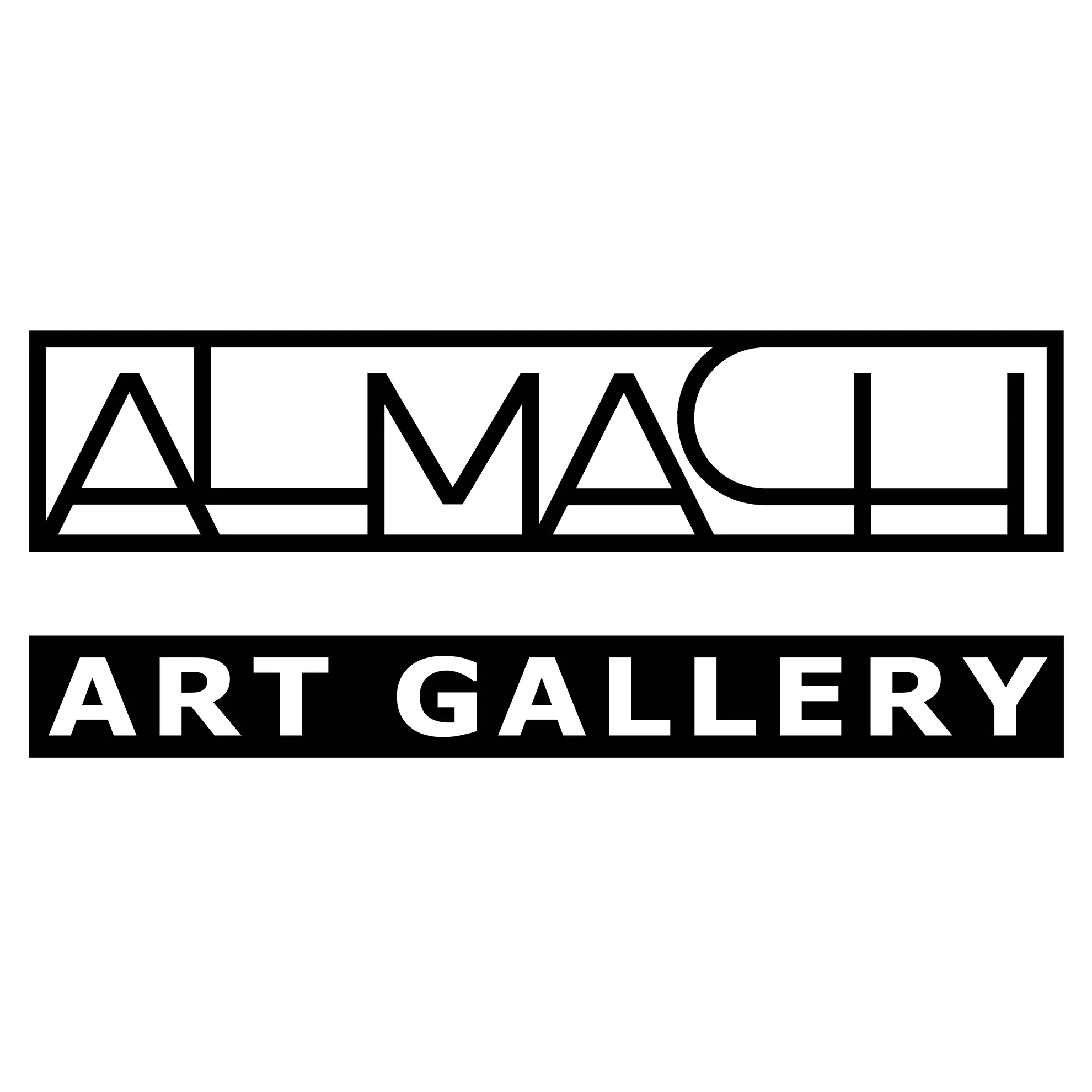FUORI DALL’ONDA BY CORRADO FERRANTE
Looking into his eyes and at the first words exchanged i immediately perceived the spirit that infuses artists with the need to be creative and that has driven him to work continuously over the long years, pursuing a consistent path that has evolved and refined over time. visiting his studio, which was also warmly welcomed by his wife, who still lovingly supports the man and the artist today, i was pleasantly surprised by his works, sincere and suffered, thought out but never artificial... in short, real works. a studio filled with works, hung up to the ceiling, in different formats to create an intoxicating mosaic effect. perfectly blended colours, even those dropped on the eathe spirit that infuses artists with the need to be creative and that has driven him to work continuously over the long years, pursuing a consistent path that has evolved and refined over time. sel, kissed by a brilliant light coming from the large window, warm the soul of every viewer lucky enough to enter. i am therefore delighted to have been able to organise this exhibition, which is sure to please our most discerning collectors. Luca Temolo Dall’Igna
Luca Temolo Dall’Igna
.
Corrado Ferrante was very young when he chose painting as a way of escape from reality, as the main road to escape from an everyday life full of impositions. from an early age, in fact, he stands out for his rebellious temperament proving to be decidedly disinclined to accept the rigid behavioural rules imposed by both the family upbringing and the school environment attended during childhood and adolescence. for years, his father's profession as an engineer, exercised at a managerial level, led ferrante and his family to move from city to city, consolidating the habit of changing regions, from marche to Abruzzo, until finally settling in Milan, where he attended the polytechnic and graduated in architecture, following, at least in part, in his father's footsteps. but painting, at that point, was already a revelation for the artist as, from his high school years, it represented the territory of the much longed-for, as well as now inalienable, freedom. Sarah Lanzoni

Parallel to his first professional experiences as an assistant draftsman
in the shipyards run by his father, he continued to paint and in the early days as a self-taught painter, in which he mainly approached impressionism and postimpressionism, he alternated courses in drawing and copying from life,
through
which he experimented and consolidated various artistic techniques
Sarah lanzoni


Over the years, he also deepened his study of art history and, in particular, developed a passion for painters whom he himself likes to describe as 'off the beaten track' due to the 'spirit of novelty' they embodied, including avant-garde movements
such as the Fauves, the German Expressionists, as well as reference texts that are evergreen cornerstones and sources of inspiration: the "Diaries" of Paul Klee, to name just one among many.
Sarah Lanzoni




In the compositions, the gaze is attracted by a harmonious interplay of full and empty spaces, forcing the relative to a dynamic observation of approach in order to grasp the hidden textures of the work.
Papers and cardboards seem, in fact, to emerge laboriously among dense brushstrokes of color, just as plaster, stucco, special glues, coal dust, and iron plates previously exposed to the elements constitute some of the main recycled materials employed by the artist, often derived from the work contexts in which he worked as an architect.
Sarah Lanzoni.
Ferrante has always been captivated by the idea that each of these elements carries with it its own story, whether it is an expression of a previous life or has come into contact with hands other than his own.
To the worn parts of the materials, due to the irresistible action of Nature and Time, he superimposes , conceptually and concretely, the signs of the artist's human intervention, preferring the resistant poplar wood board of large dimensions, as the ideal support to sustain the energetic gestures of a material painting, as opposed to the more delicate and light canvas, used until the early 1960s, in the youthful phase of his artistic production.
Sarah Lanzoni


